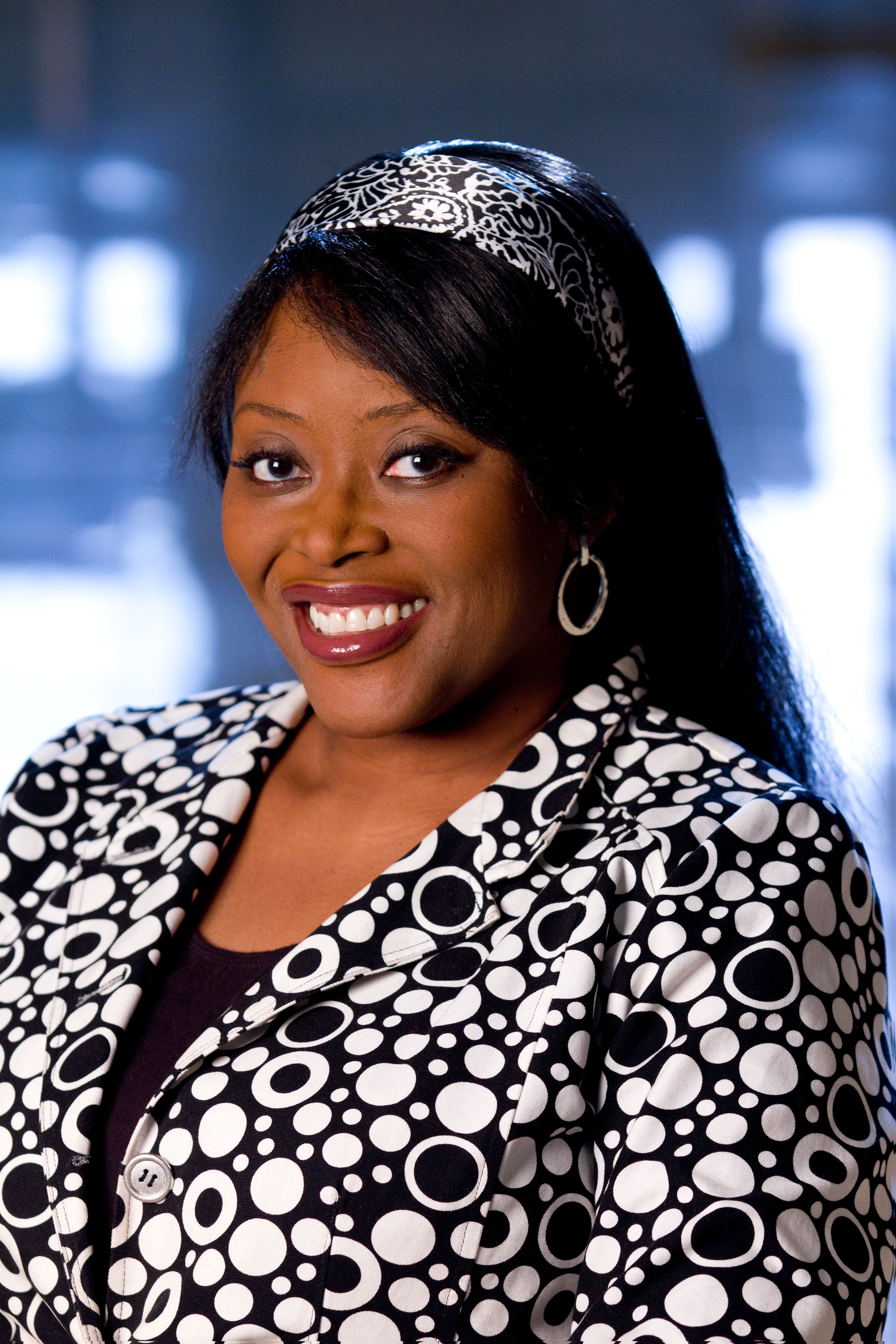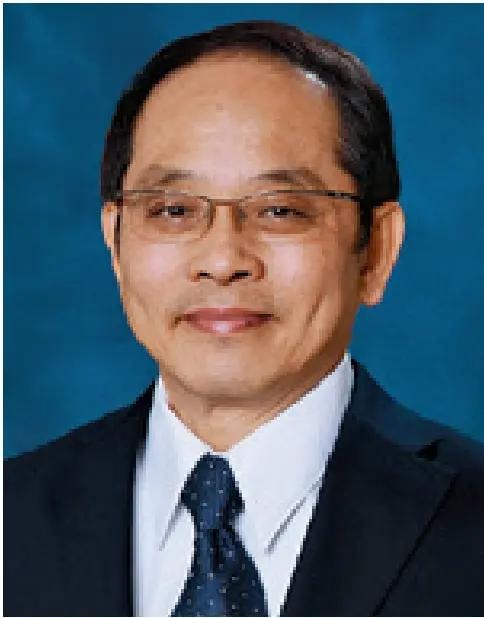Exploring the Small-Molecule Composition of Voacanga africana Seeds Using LADI-MS: An Interview with Rabi Musah
Plants play an essential role on Earth. They are critical cogs in several ecosystems that help moderate the planet’s climate. Plants have a unique versatility about them that allows them to be valuable in various functions. Apart from regulating ecosystems, plants help produce oxygen (which is necessary for many living organisms to live), serve as a primary source of food for most living organisms and as key ingredients for the development of essential pharmaceutical drugs, help prevent soil erosion, and provide some living organisms with a habitat. It is essential, therefore, that plants thrive on earth, and that requires ensuring that their seeds remain viable for growth and development.
However, what makes this challenging is the presence of bioactive compounds in plants, which could damage plant tissue if certain plant parts are removed. Plant seeds, because they often contain the medicinal compounds plants have, offer an alternative way to extract the compounds used in human therapeutics without sacrificing the integrity of the plant. Rabi Ann Musah, PhD, aprofessor of chemistry at the University of Albany, State University of New York, is exploring ways to help protect seed viability through optimizing the isolation of specific compounds (1,2). However, optimal accomplishment of this task requires knowing the spatial distribution of the molecules within the plant tissue (1). Musah and her team recently used an ambient mass spectral imaging technique called laser ablation direct analysis in real-time imaging–mass spectrometry (LADI-MS) to determine the distributions of molecules, including alkaloids, in Voacanga africana seeds (1).
Musah sat down with LCGC to discuss her findings, and the importance that her research has on environmental sustainability and human development.
Dr. Rabi Ann Musah of the State University of New York, Albany. Photo Credit: © Mark Miller

Could you explain the significance of utilizing plant seeds as a renewable resource for medicinal natural products in comparison to other plant parts? How does this approach contribute to sustainability?
Over the millennia, humans in all parts of the world have utilized plants to treat disease. The therapeutic benefit of plants is a consequence of the presence of bioactive compounds. Plant parts often used in traditional medicine for this purpose include leaves, bark, and roots. However, a disadvantage with the harvesting of these plant parts is that it can cause severe damage or the complete destruction of the plant. For example, removing the bark exposes vulnerable plant tissue to disease-causing microbes, and the harvesting of the roots can result in the sacrifice of the entire plant. It is also often the case that the presence of medicinal compounds occurs only after the plant has reached sexual maturity which, for trees, can take several decades to achieve. Therefore, reliance on the aerial parts or the roots of trees for the acquisition of medicines may be unsustainable because the loss of the plants outpaces the ability to replenish them in a timely manner. In contrast, most plants produce a high volume of seeds at regular intervals, making the seeds a renewable resource. It is not unusual for the seeds to contain compounds identical or structurally related to medicinal compounds found in other plant parts. To the extent that they do, seeds can serve as a renewable reservoir of medicinal natural products, the utilization of which contributes to sustainability by eliminating the need to sacrifice whole plants to isolate useful molecules. Furthermore, their harvest is non-destructive to the plant.
The study mentions the use of laser ablation direct analysis in real-time imaging–mass spectrometry (LADI-MS) (2,3) to reveal spatial distributions of molecules within V. africana seeds (1). What advantages does this technique offer in understanding the distribution of compounds compared to conventional methods?
Conventional imaging mass spectrometry (MS) methods include matrix-assisted laser desorption/ionization–mass spectrometry imaging (MALDI-MSI) and desorption electrospray ionization–mass spectrometry imaging (DESI-MSI), among others. Although these approaches are immensely powerful, their application for the analysis of hard and/or porous plant tissues in particular is extremely challenging. For some methods, the requirement for high vacuum results in the loss of small molecules, including the secondary metabolites that serve as medicinal compounds. This means that during the analysis, the presence of such molecules in the sample would be entirely missed. When the material being analyzed is porous, it can be difficult to achieve the reduced pressures required to perform the analysis. Sample preparation requirements can also be very challenging because the brittleness of the samples makes it difficult, if not impossible, to generate suitably thin slices without the samples fragmenting in the process. If the application of a matrix is a requirement of the technique, the method development, including matrix optimization, presents significant, time-consuming bottlenecks. For approaches that require solvent, sample wetting can distort the spatial distributions of detected compounds, which can lead to erroneous interpretation of the results.
Laser ablation direct analysis in real-time imaging–mass spectrometry (LADI-MS) is a technique recently pioneered in my research group to circumvent some of the aforementioned challenges and facilitate interrogation of the spatial distributions of plant secondary metabolites contained within brittle, porous and/or hard plant tissues (3). LADI-MS is performed under ambient conditions without the need for any vacuum. This enables low mass range molecules that would otherwise evaporate under high-vacuum conditions to be readily observed. It accommodates samples with uneven surfaces that can be of up to 10 cm2 in area with depths of up to 2 cm. No solvent is required, and thus, the small-molecule spatial distributions observed are not distorted by the presence of solvent.
What special sampling or analysis issues did you encounter in this research?
An issue that we encountered was the lack of availability of authentic chemical standards against which the chromatographic and mass spectral characteristics of detected tentatively identified alkaloids could be compared, for the purpose of establishing structural confirmations. Because of their structural complexity, the generation of authentic standards through organic synthesis was not possible, as this would have entailed the launching of several multi-step synthesis projects that would likely span several years. For this reason, several of our identifications were based on tentative matching of EI fragmentation patterns for compounds contained within the NIST database. We would have liked to also analyze standards by gas chromatography–MS (GC–MS) to validate their retention times, as well as perform MSn analysis to confirm structure identifications.
Did you apply any specialized chemometrics or software for imaging or data analysis?
For our analyses, we used the imaging software Iolite (Elemental Scientific Inc., Omaha NE) to couple the mass spectral data files to the file output of the laser system to generate the ion images.
What potential impact could the discovery of 31 new compounds in V. africana seeds have on medicinal research or drug development, particularly concerning opioid use disorder or other health conditions?
This work identified 31 compounds in V. africana seeds that included carbazole, sesquiterpenoid, carboline, monoterpene lactone, aromatic alcohol and indole alkaloid compound classes. For any of these that are not commercially available and are of interest for medicinal natural product drug development or other purposes, V. africana seeds could be utilized as a source of these compounds. This could be especially beneficial for acquiring biologically active indole alkaloids. Studies have revealed that the indole alkaloid ibogaine which has been isolated from genus Voacanga plants may hold promise for the treatment of opioid use disorder (OUD) and other chemical addictions, and there is interest in determining the potential of other structurally related compounds present in the plant as either treatments for OUD or precursors for the synthesis of ibogaine. Having knowledge of not only which indole alkaloids are present in the seeds, but also where they are localized, enables the efficient development of optimized extraction protocols for the isolation and purification of these compounds. Having greater access to these compounds could greatly facilitate progress on research and development of OUD treatments.
The study highlights the localization of fatty acids in the embryo and alkaloids in the seed endosperm (1). How might this information change or optimize the process of isolating specific compounds from these seeds?
The location information of compounds of interest could greatly streamline and enhance the efficiency of the process of isolating them. For example, most of the compounds of interest were found in either the embryo or endosperm of the seed. Therefore, a tumbling process could first be used to remove the outer seed coat. This would serve as an easy “pre-concentration” step that would also reduce the amount of solvent needed to isolate the compounds.
How can leveraging the spatial distribution of compounds within plant tissues, as demonstrated in this study, contribute to environmentally sustainable practices in the extraction of medicinal compounds (1)?
By first removing the outer seed coat using large, mechanical tumblers, the chemically rich endosperm and embryo can be exposed. This avoids processing plant tissues that do not contain the material of interest, which in turn reduces time and cost. It also minimizes waste and overuse of solvent.
Considering the findings of this study, what strategies or methods could be employed to enhance the efficiency of secondary metabolite isolation from V. africana seeds while minimizing the need for harvesting other plant parts?
Whenever compounds of interest can be found within seeds, what we essentially have is a living manufacturing process by which molecules can be made available. This circumvents the need to isolate compounds from other plant parts which is advantageous, because isolating molecules from the roots, stem, leaves and bark not only has the potential to destroy the plant itself, but could also result in exposure of the plant tissue to pathogens that may themselves destroy the plant.
In the context of pharmaceutical or medicinal applications, how might the localization of specific compounds within distinct parts of the seed impact the formulation or development of drugs derived from these natural products?
The localization of compounds in distinct seed parts confers several advantages for their isolation and purification, providing that the spatial distribution of compounds is known. One of the challenges associated with the isolation of medicinal compounds or the semi-synthesis of medicinal compounds from plant-derived precursors is that a lot of waste can be generated when entire plant organs (instead of only those segments where the compounds of interest are localized and concentrated) are needlessly processed. This can result in the generation of large amounts of biohazardous plant-derived and solvent waste. When the locales of target molecules in the plant parts are known, cost-effective and environmentally benign preprocessing steps, such as the mechanical removal of the seed coat and other tissue layers, can reduce the mass of material that would then need to be processed by solvent. This streamlines the isolation process while also saving time and yielding materials that by mass, contain a higher relative concentration of the compounds of interest.
References
(1) Coon, A. M.; Musah, R. A. Investigation of Small-Molecule Constituents in Voacanga africana Seeds and Mapping of Their Spatial Distributions Using Laser Ablation Direct Analysis in Real-Time Imaging–Mass Spectrometry (LADI-MS). ACS Omega 2023, 8 (30), 27190–27205. DOI: 10.1021/acsomega3c02464
(2) Deklerck, V., Fowble, K. L., Coon, A. M., Espinoza, E. O., Beeckman, H. and Musah, R. A. Opportunities in Phytochemistry, Ecophysiology and Wood Research via Laser Ablation Direct Analysis in Real Time‐Imaging Mass Spectrometry. New Phytologist 2022, 234, 319–331, DOI: 10.1111/nph.17893
(3) Fowble, K. L.;, Teramoto, K.;, Cody, R. B.;, Edwards, D.;, Guarrera, D.;, and Musah, R. A. Development of "Laser Ablation Direct Analysis in Real Time Imaging" Mass Spectrometry: Application to Spatial Distribution Mapping of Metabolites Along the Biosynthetic Cascade Leading to Synthesis of Atropine and Scopolamine in Plant Tissue. Anal. Chem. 2017, 89, 3421–3429. DOI: 10.1021/acs.analchem.6b04137.

New Method Explored for the Detection of CECs in Crops Irrigated with Contaminated Water
April 30th 2025This new study presents a validated QuEChERS–LC-MS/MS method for detecting eight persistent, mobile, and toxic substances in escarole, tomatoes, and tomato leaves irrigated with contaminated water.

.png&w=3840&q=75)

.png&w=3840&q=75)



.png&w=3840&q=75)



.png&w=3840&q=75)








